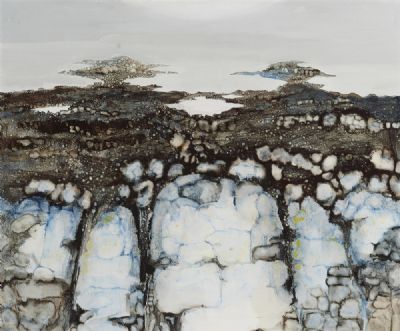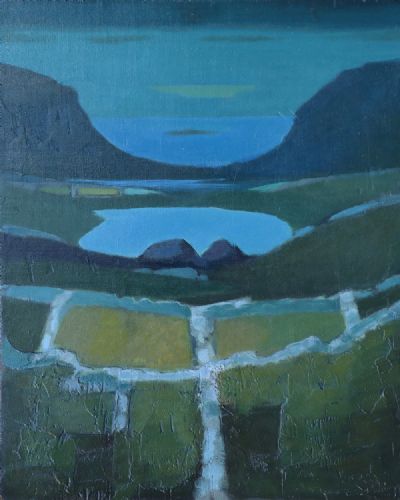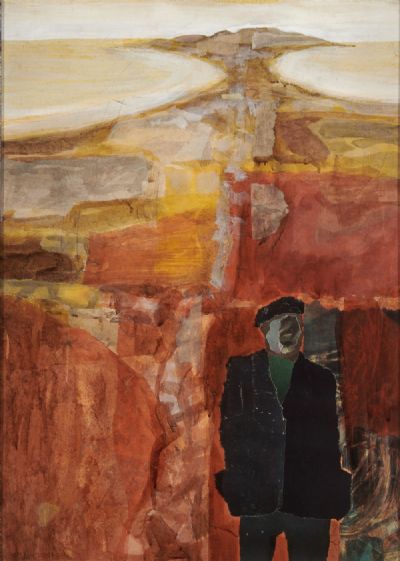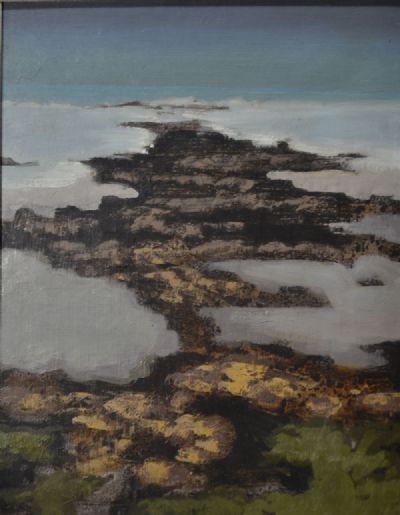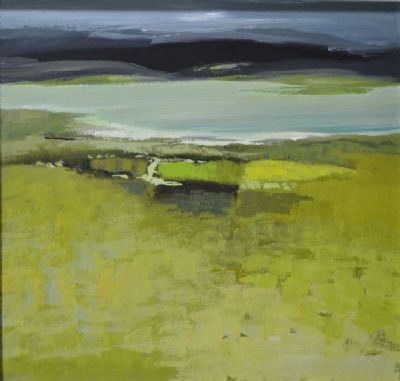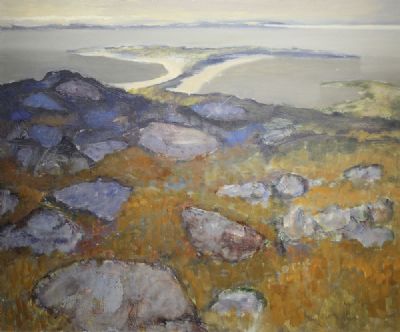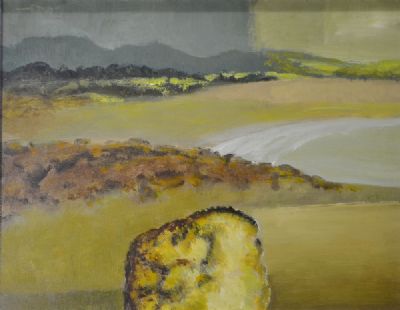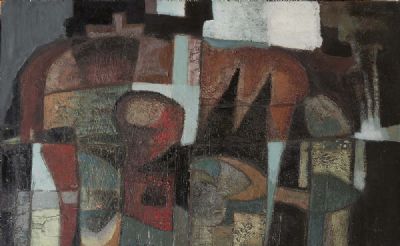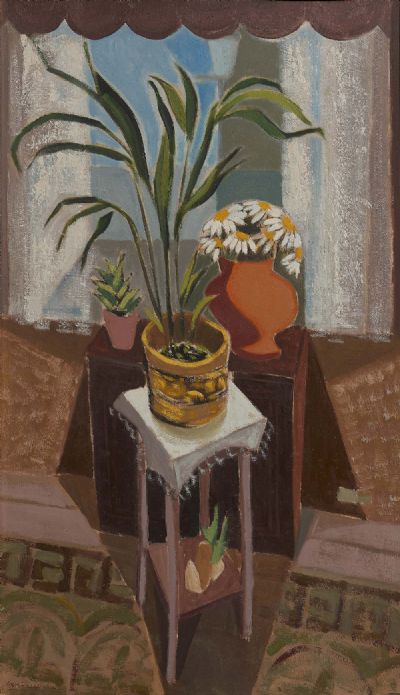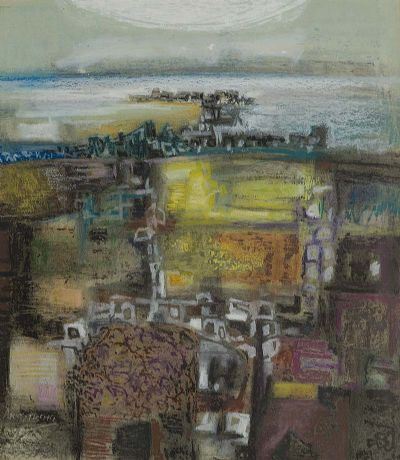Arthur Armstrong
Arthur Armstrong was born in Antrim. He studied art at Belfast College of Art by taking night classes there after dropping out of his course in architecture. He met Gerard Dillon (1916-1971) who in turn introduced him to his contemporaries George Campbell (1917-1979) and Daniel O'Neill (1920-1974), all four important modern artists in postwar Ireland.
He spent time in London before settling in Dublin and exhibited with Royal Hibernian Academy from 1962. In order to supplement their incomes, Armstrong, Dillon and Campbell collaborated on the set design of Sean O'Casey's Juno and the Paycock performed at the Abbey Theatre while Armstrong also taught at National College of Art and Design.
His art was indebted to the school of Paris and Cubism and he travelled to France and Spain on various occasions. Also of influence was his time spent in West of Ireland. A self proclaimed abstract artist, he is best known for his landscapes, texture and shape.
Among his achievements, he was awarded the Douglas Hyde Gold Medal at the Oireachtas Exhibition and won the Art in Context Award from Arts Council of Northern Ireland in 1973. He became a member of RHA in 1972 and a member of Aosdana in 1981. His work is in a number of collections worldwide. Read More
He spent time in London before settling in Dublin and exhibited with Royal Hibernian Academy from 1962. In order to supplement their incomes, Armstrong, Dillon and Campbell collaborated on the set design of Sean O'Casey's Juno and the Paycock performed at the Abbey Theatre while Armstrong also taught at National College of Art and Design.
His art was indebted to the school of Paris and Cubism and he travelled to France and Spain on various occasions. Also of influence was his time spent in West of Ireland. A self proclaimed abstract artist, he is best known for his landscapes, texture and shape.
Among his achievements, he was awarded the Douglas Hyde Gold Medal at the Oireachtas Exhibition and won the Art in Context Award from Arts Council of Northern Ireland in 1973. He became a member of RHA in 1972 and a member of Aosdana in 1981. His work is in a number of collections worldwide. Read More

